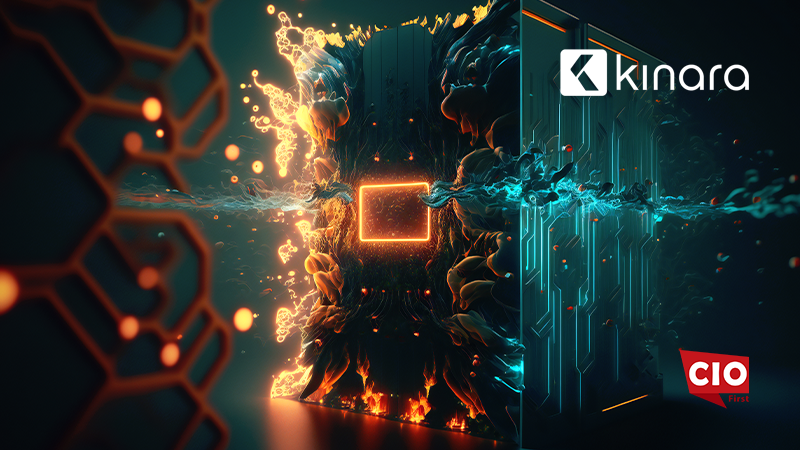Kinara, Inc., has proven that its low-power, low-cost AI processor, the Kinara Ara-2, has mastered the heavy demands of accurately and efficiently running Generative AI applications such as Large Language Models (LLMs) at the edge. Specifically, the company is demonstrating the flawless operation of the Qwen1.5-7B model running on a single Ara-2 processor at 12 output tokens per second. This capability, depicted in the new online video entitled ‘Kinara Ara-2 Masters Local LLM Chatbot’, is an important accomplishment because LLMs, and Generative AI in general, must be run on the edge to ensure data privacy and reduce latency by removing the need for Internet access. Furthermore, with Generative AI processing at the edge, the user only pays a one-time cost for the integrated hardware in their personal computers and avoids expensive cloud usage costs. Generative AI processing at the edge increases the functionality of PCs, offering users the ability to perform documentation summarization, transcription, translation, and other beneficial and time-saving tasks.
Qwen, available as open source under the Apache 2.0 license and backed by Alibaba Cloud (Tongyi Qianwen), is like LLaMA2, and represents a series of models across diverse sizes (e.g., 0.5B, 4B, 7B, 14B, 32B, 72B) and various functions including chat, language understanding, reasoning, math, and coding. From a Natural Language Processing (NLP) perspective, Qwen can be used to process commands that a user performs in day-to-day operations on their computer. And unlike the voice command processing typically available in cars, Qwen and other Generative AI chat models are multilingual, accurate, and are not restricted to specific text sequences.
Beyond generating simple and complex output text prompts at 12 tokens per second, effectively running Qwen1.5-7B and any other LLM on the edge requires the Kinara Ara-2 to support three high-level features: 1) the ability to aggressively quantize LLMs and other generative AI workloads while still delivering near floating-point accuracy; 2) extreme flexibility and capability to run all LLM operators end-to-end without relying on the host (this includes all model layers and activation functions); and 3) sufficient memory size and bandwidth to effectively handle these extremely large neural networks.
“Running any LLM on a low-power edge AI processor is quite a feat but hitting 12 output tokens per second on a 7B parameter LLM is a major accomplishment,” said Wajahat Qadeer, Kinara’s chief architect. “However, the best is yet to come, as we are on target to hit 15 output tokens per second by applying advanced software techniques while leaving the model itself unmodified.”
With existing LLMs and new LLMs that become available on Hugging Face and elsewhere, Kinara can quickly bring up these models by leveraging its innovative software and architectural flexibility, executing these models with floating-point accuracy, while offering the low power dissipation of an integer processor. And beyond Generative AI applications, Ara-2 is very capable of handling 16-32+ video streams fed into edge servers for high-end object detection, recognition, and tracking, using its advanced compute engines to process higher resolution images quickly and with high accuracy. Ara-2 is available as a stand-alone device, a USB module, an M.2 module, and a PCIe card featuring multiple Ara-2’s.
Interested parties are invited to contact Kinara directly to see for themselves the Qwen1.5-7B and other LLM applications running on Ara-2.
SOURCE: BusinessWire
























